The Role of Mobile Medical Trailers in a Pandemic
As a nation, we have become weary of the coronavirus pandemic. We are ready for it to disappear and for life to return to normal. Unfortunately, if...
3 min read
Craftsmen Industries Oct 13, 2021 4:48:00 AM
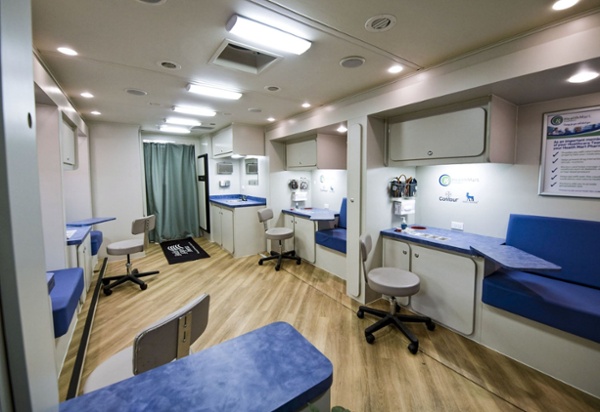
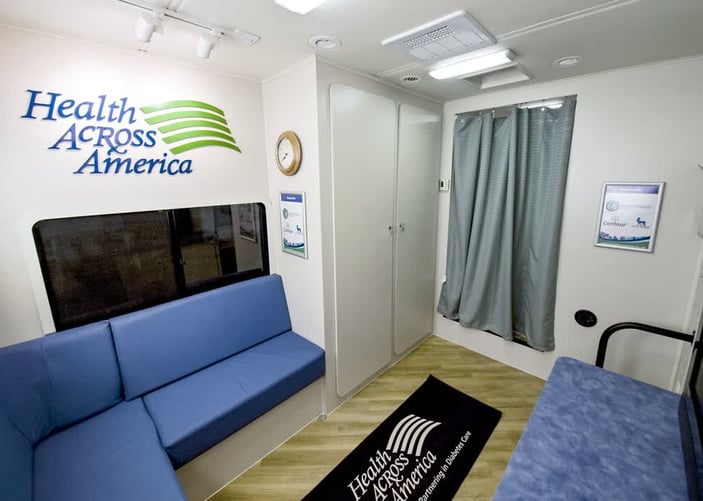
The coronavirus pandemic has forced us to expand our vocabularies to include terms like social distancing, quarantine, contact tracing, asymptomatic, and herd immunity. Regardless of the words you choose to describe it, though, the past year and a half has been rough. We have watched helplessly from the sidelines as activities were canceled, businesses closed, and hospitals filled with sick patients and exhausted healthcare providers.
At first, we dreamed of the time when the virus would no longer be a concern. However, it soon became clear that the virus was here to stay and that it was our response to it that would determine our future. Scientists raced to find a treatment or a vaccine to prevent the spread of the disease and save lives. Backed by millions of dollars in funding and the tireless efforts of researchers, several vaccines have emerged. Now, the challenge has shifted. Can we immunize enough people to protect the population as a whole?
A large percentage of the population in the United States lives in rural areas. Some homes are 100 miles or more from the nearest pharmacy or healthcare facility. For them, finding and receiving two doses of a vaccine is a challenging task.
Healthcare facilities in suburban and urban areas typically have better access to vaccines. However, people in these communities still come across hurdles, including access to transportation or time away from work or family.
The beauty of taking healthcare on the road is that it transforms the healthcare model away from one in which patients must invest time, effort, and money to travel to a specific location. Instead, healthcare providers bring care close to home, making it easier for patients to work around family and work commitments and reducing the need to secure reliable transportation.
1. Community Effort – Bringing a custom medical trailer into a small, rural community or a disadvantaged urban area to vaccinate individuals hits home with people. It makes the health and safety of everyone an important community effort.
Orange County, Florida, adopted a mobile vaccination model to reach underserved and rural residents. The custom graphics on the side of the trailer touted “#I Got My Shot.” The bright graphics and social media reference made it an ideal background for selfies with friends. Posting pictures online to Instagram, Twitter, or Facebook expands the vaccination campaign.
2. Comfortable Setting – Mobile clinics offer a smaller, calmer setting closer to home than most medical facilities offering comfort to those who may be anxious in larger facilities or dislike traveling outside of their neighborhood. The interiors can be customized with separate enclosed rooms for added privacy and comfort. Interior finishes like flooring, furniture, paint, graphics, colors, designs, and other materials can also be customized to create a unique aesthetic that may help communities feel more at ease during their visit.
3. Meet People Where They Are – During the H1N1 flu outbreak in 2009-2010, Marion County, West Virginia was particularly snowy, making travel difficult. The Marion County Health Department knew it would be challenging for many rural residents to travel to a healthcare clinic to receive a vaccination against this new strain of influenza.
In a stroke of genius, they pulled a 36-foot trailer to remote locations to offer vaccinations. They set up in parking lots at schools, country stores, and community centers to vaccinate small gatherings. Their mobile trailer became a vaccination center on wheels and reached many cities throughout the county in a short period of time.
Many states have implemented similar programs during the coronavirus pandemic. The Federal Emergency Management Agency (FEMA) used a mobile medical trailer in states like Arizona, Illinois, Kentucky, and Nevada, where vaccine uptake was notably low to bring shots to remote towns and cities. They held clinics in the places people frequent, from clubs on the Las Vegas strip to truck stops along the freeway to suburban neighborhoods. Their 6-week campaign across the state allowed them to give first doses and then follow up to provide the second.
Mobile medical trailers are the perfect vehicle to deliver life-saving medical care like vaccines. They can easily relocate to the areas they can benefit and serve. Because the transport cost is low, they can afford to move to another location to reach five or 500 people.
The interior of a custom trailer can be very modular, allowing trailers used for dental visits or cancer screening to be reconfigured into vaccination clinics when a need arises. Medical trailers towed behind trucks can be double expandable, creating a large indoor area in which to work. Patients can be vaccinated in one area while others check-in and wait in another.
Closing gaps in the healthcare system is a tall order. Custom mobile medical units for sale can remove some of the barriers keeping people from getting proper healthcare by making access easier. In the process, these vehicles can help provide testing, treatment, and immunization for the existing pandemic to provide relief and help bring us one step closer to life as we used to know it.
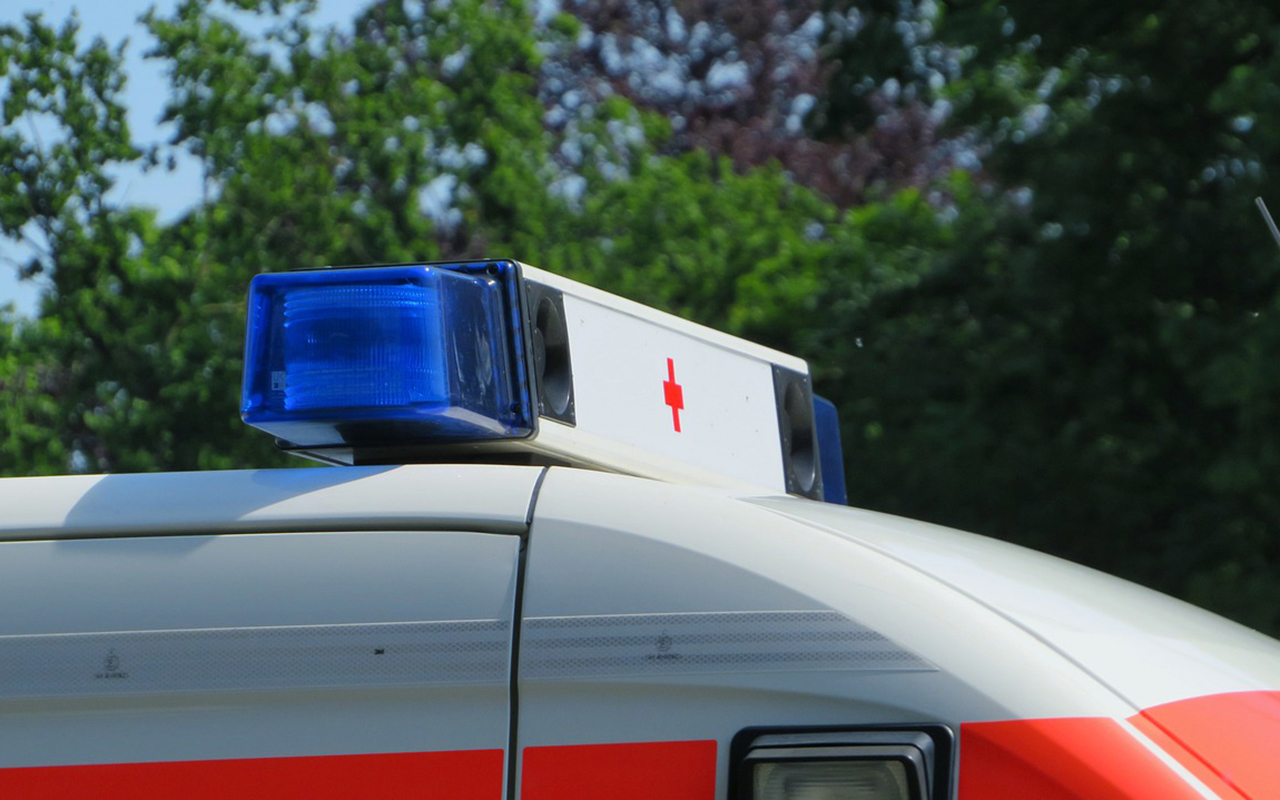
As a nation, we have become weary of the coronavirus pandemic. We are ready for it to disappear and for life to return to normal. Unfortunately, if...
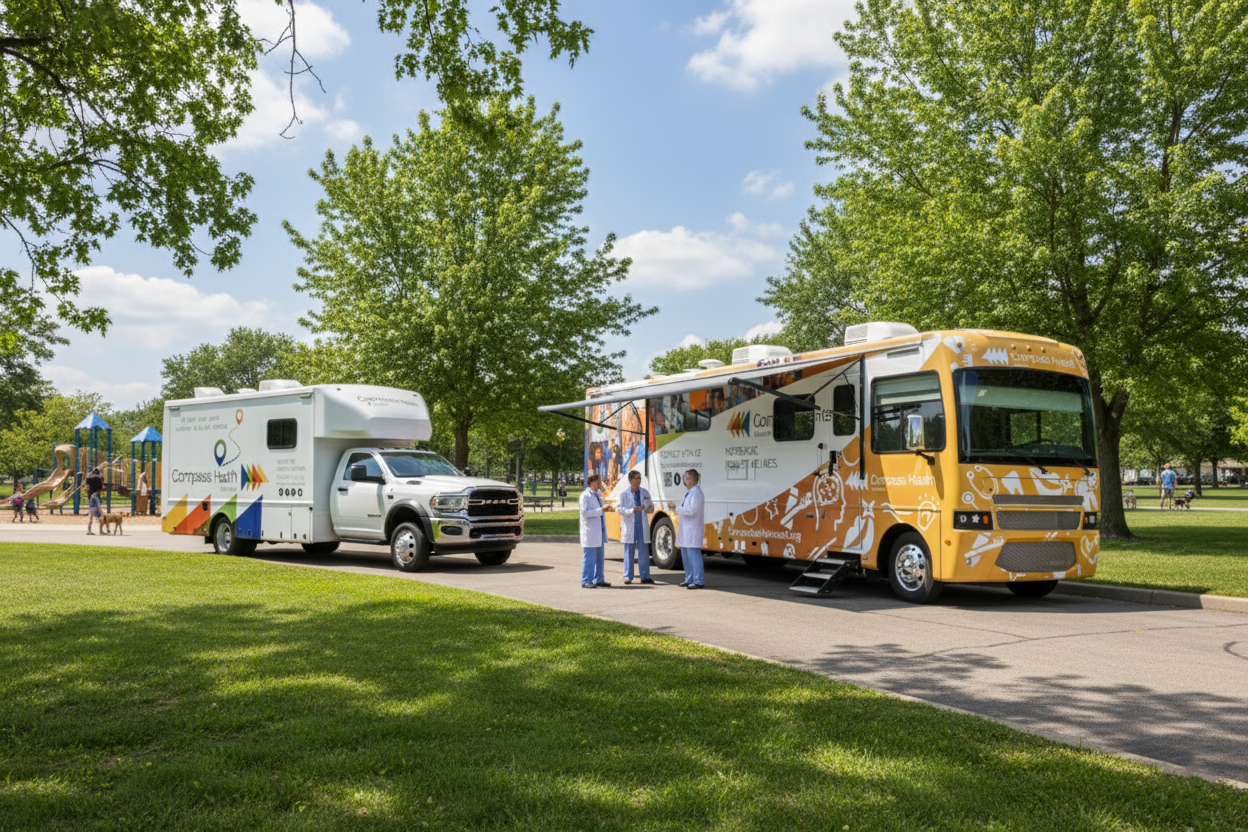
Access to quality healthcare is not evenly distributed, and mobile medical solutions have stepped in to bridge the gap. A medical trailer is a large,...
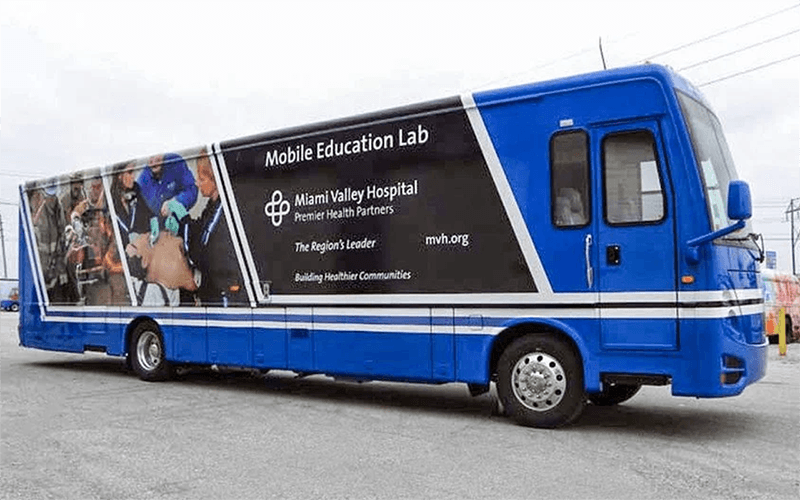
Traditional healthcare within the United States consists of a network of providers located in clinics, hospitals, and offices. For many insured...